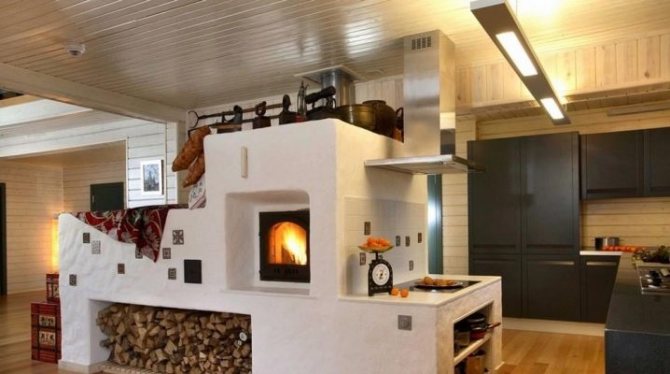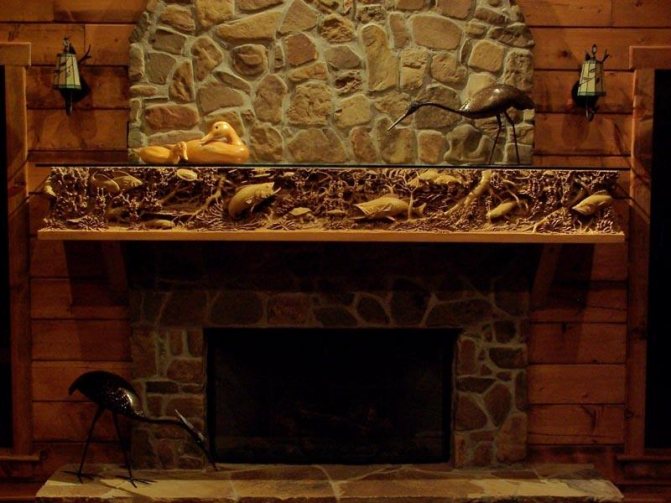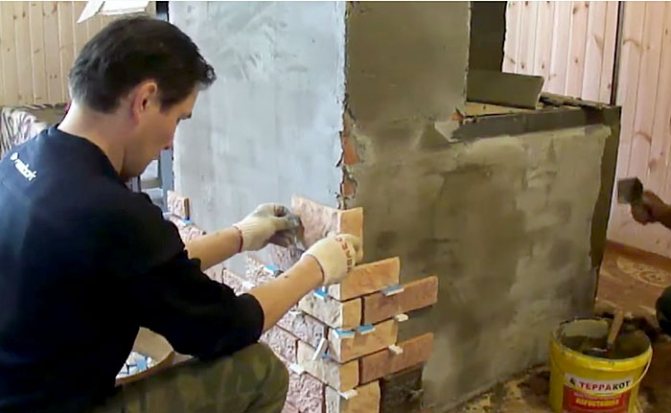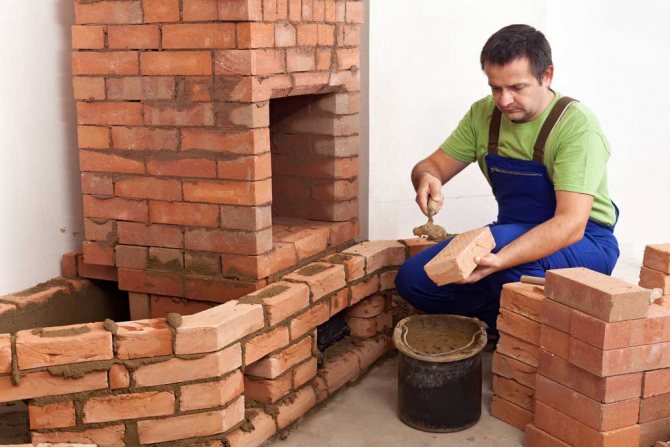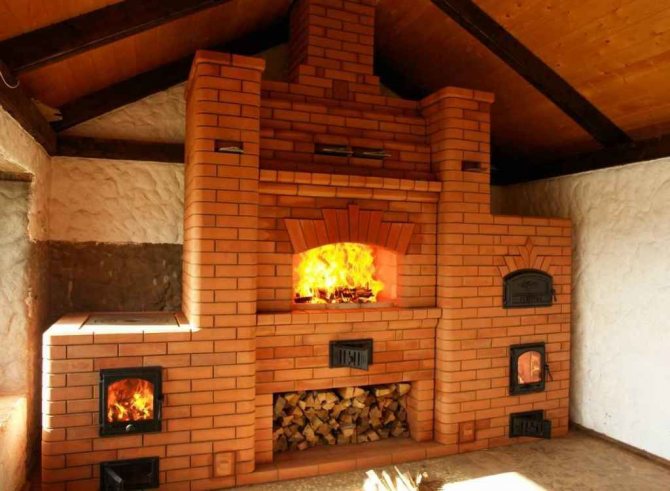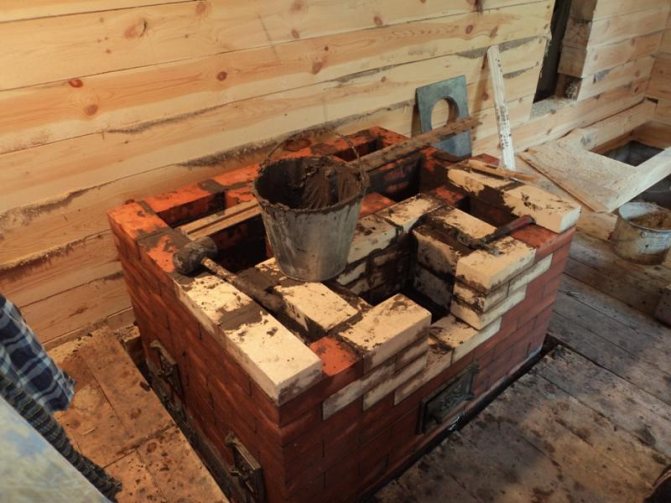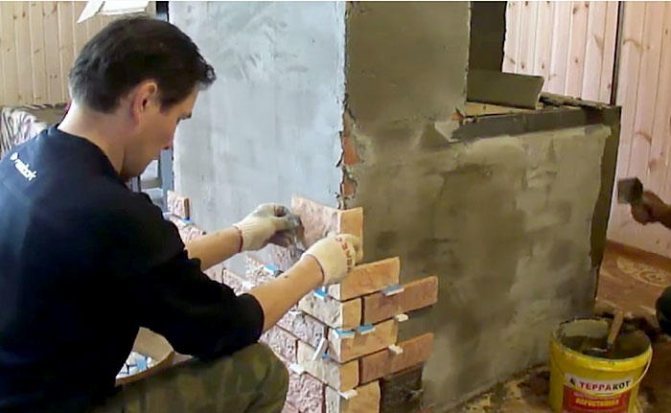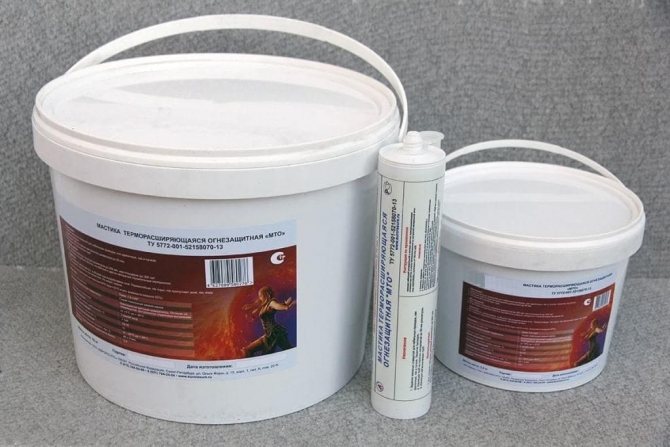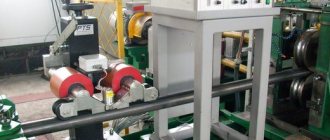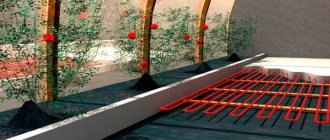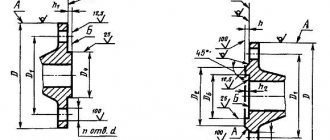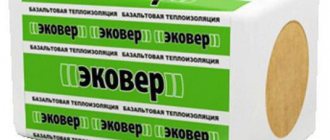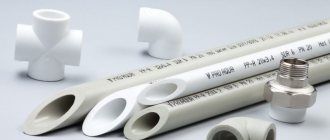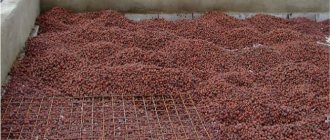What is mastic for?
Furnace refractory mastic is commonly used to protect the joints of gas ducts, furnaces and other heating units from cracks and open cracks. The main problem is that the temperature of the combustion products can sometimes reach thousands of degrees Celsius, which leads to the appearance of mechanical defects.
When cracks appear, the chimneys cease to cope with their main duty - the removal of combustion products, so the latter fall into the living area. Heat-resistant oven mastic protects against room smoke and high levels of hazardous components and carbon monoxide. If this situation continues for a long time, then the human body can be seriously damaged.

The main area of application of refractory mastic is in the execution of facing and other works that cannot be performed using standard adhesive mixtures. The main problem is that under the influence of high temperatures properties are lost, which can lead to the falling of the facing stone or the appearance of cracks. Often this material is also used for gluing insulating materials, but this format of use implies unnecessarily high costs.
Heat-resistant mastic for stoves and fireplaces
Many manufacturing companies supply ready-made adhesives that do not need to be diluted, you just buy and can already be used in practice. Such solutions are most often called mastic. It is better to use it by experienced craftsmen dealing with the laying of stoves, fireplaces, as well as their facing. This is due to the fact that the mastic hardens rather quickly in air, and the work must be done in a short time.
Mastic is selected for fireplaces and stoves, depending on the place of installation of the structure and its application
The cladding tile is glued directly to the brick, therefore the mastic must also be a heat-resistant adhesive.
Among the popular adhesive mastics are the following. Terracotta Mastic - is a universal adhesive suitable for finishing works at the level of both fireplace and stove portals, as well as for brickwork or natural stone masonry. Terracotta Mastic is able to withstand temperatures up to 1100 ° C.
Mixonit-Termo - directly mastic for tiling. Excellent for use on outdoor ovens, it does not deform due to temperature fluctuations, as well as when it drops to -30 ° C. The manufacturer of this mastic is Germany. Ceresit also has good products.
- Hot, - Thermal, - Fireproof, what's the difference?
You can find a huge amount of mastic in specialized stores, so this choice is amazing to some buyers. In addition to the fact that heat-resistant mastic for stoves and fireplaces is produced by various factories and companies, they also differ in name.
In recent years, many manufacturers have started to use some marketing ploy to increase sales of their products. So, some of them indicate that specific products:
- Withstands various chemical irritants,
- Has a shorter curing time,
- Special components or manufacturing techniques are used.
In fact, the difference between all of them is minimal, since all products are manufactured using a single technology. When buying, you should pay attention to the type of mastic: heat, thermo and refractory.The main difference lies in the operating temperatures that they can withstand without cracking or other mechanical damage.
According to numerous studies, the average operating temperatures are:
- For heat-resistant mastic - up to 1600 - 1700 degrees Celsius,
- For refractory mastic - up to 1,300 degrees,
- For heat-resistant mastic - up to 1,100 degrees.
It is recommended to use only heat-resistant mastic, however, if the price issue is acute enough, it is possible to differentiate the working zones in order to use simpler analogs in more remote areas.
Mixing technology
Grout for stoves and fireplaces from a dry mix is prepared as follows. Water at room temperature is added to the dry substance as a solvent, the mixture is thoroughly mixed. Dilution proportions are indicated on the packaging and may vary from manufacturer to manufacturer. So, for grouting "Terracotta" it is recommended to add 280 ml of water per 1 kg of the mixture. The finished mixture should be consumed within 1 hour.
Do-it-yourself correct application
Grouting is carried out one day after laying the facing elements. The choice of a suitable application method is determined by the characteristics of the putty itself, the availability of the necessary skills and tools. Seam treatment can be done with or without a construction gun.
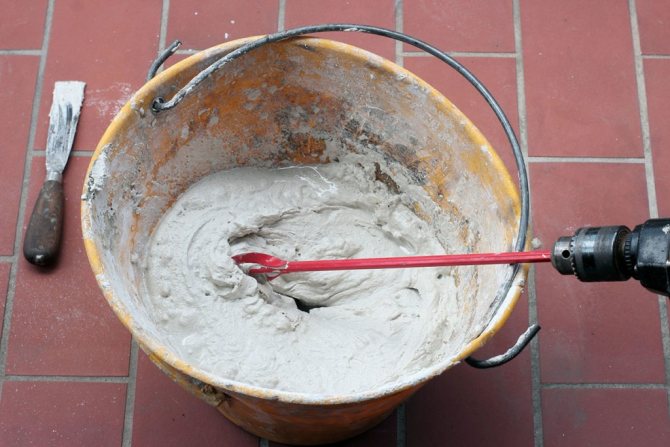

If a gun is used, the high temperature putty is diluted to a sour cream consistency and placed in the tool. The nozzle of the gun is cut off at an angle of 60 °, the resulting hole should be 6-8 mm in diameter. Then we evenly cover the seams with the composition to the level of the tiles. After about 2 hours, the excess solution is removed with a wide screwdriver.
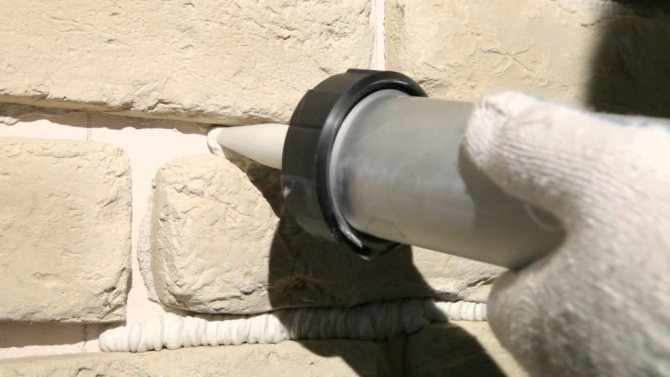

When applying the fugue without a gun, it can be diluted to wet sand and filled into the seam using a special tool.
This method is often used: the mixture is diluted to the consistency of liquid sour cream, its layer is applied over the entire surface of the tile and leveled with a rubber float. Metal slats are often used as limiters. After the grout has dried, remove the excess from the ceramic surface.


The grout should be properly diluted so as not to crack: both a lack and an excess of water can lead to cracking. Uneven tile laying also contributes to this.
The choice of mastic
The mastic selection process is both complex and simple. In specialized stores, you can find a huge number of proposals, and the consultation of specialized specialists will help you choose the right option. It is always worth remembering some of the features of the choice.
Criterias of choice
First of all, it is necessary to focus on the working temperature of the mastic. If facing the front part is planned, then a heat-resistant option should be chosen. Carefully calculate the area of the different zones to keep your purchase costs down.
If the question of price is acute for you, then you should also focus on the price, but you should not save on the type of mastic, as the consequences can be sad. Domestic products are distinguished by a lower price, which practically does not differ from foreign counterparts.
Top brands
Among the best brands that are available on the Russian market, the products of the following manufacturers stand out:
- Terracotta (Russia) - the average price for a 2.5 kg bucket is 150 rubles.

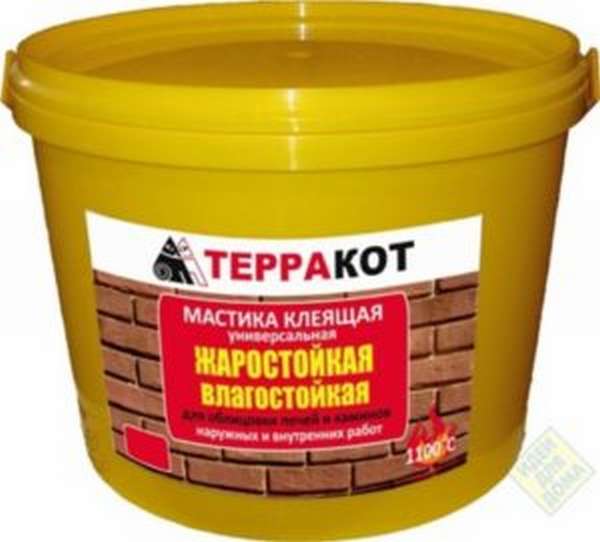
- Neomid Supercontact (Russia) - a 20 kg bucket costs about 1,300 rubles.


- Calorygeb (France) - produced in small volumes. The average price is 600 rubles.


- Tytan (Poland) - an analogue of the previous version with the corresponding price and volume.
- Collafeu (France) - one of the best and most expensive options, which has excellent adhesion properties and ease of use.
How to make do-it-yourself oven mastic?
For some customers, the issue of price is very important, so such people do not want to spend large sums of money on the purchase of specialized mastic for decorating fireplaces. Fortunately, there are some simple and effective recipes that really help you save money. DIY mixes can be created from:
- Clay and sand
- Concrete mix.
The first option is more preferable, since clay is a versatile material that can easily withstand high temperatures. This recipe has long been used for the construction of furnaces, so there is no need to doubt its effectiveness.
To prepare mastic with your own hands, you will need actual clay and yellow sand of small and medium dispersion in a ratio of two to three. These materials are mixed with each other until a homogeneous consistency, and then water is added. The finished material must have a fairly thick consistency. If too much water is added, the adhesion properties will be reduced, making work more difficult.
The best heat-resistant tile for stoves and fireplaces
As mentioned earlier, fireplaces and stoves, whether they are home buildings or outdoor ones, can be tiled with tiles or natural stones, as well as various stucco moldings. As you can understand, not only adhesive mixtures for facing must have heat-resistant properties, but the tile itself must have fire resistance and withstand high temperatures. With the help of decorative tiles, you can create real works of art from heating structures that will become the best decoration for a room.
The choice of tiles depends on the degree of heating of the oven
Heat-resistant tiles are divided into several types:
- Terracotta tiles. It is a skillful imitation of brickwork. Rough to the touch. Suitable for both indoor and outdoor use. An example of the use of this type of facing tiles are stoves in saunas and baths.
- Majolica tiles. A tile made of fired clay is covered with glaze, and often the surface of such a facing has a certain pattern on itself, for example, under the well-known Gzhel.
- Tile. You should be careful with such a tile, it is quite capricious in use and is not suitable for rooms in which sudden temperature drops or lowering it to minus indicators are possible, this means that the tile is not suitable for outdoor use either.
- Clinker tiles for cladding. Possesses good moisture resistance and tolerates low temperatures. These tiles can be used for lining garden stoves and outdoor grills.
- Tiles. One of the most unusual facing tiles, at the same time it has a considerable price due to the fact that all the painting of the tiles is made by craftsmen by hand. This type of tiles has the highest environmental friendliness, as well as the highest heat transfer rate, which means that it will be much warmer in a room with a stove or fireplace decorated with tiles.
- Fireclay tile. It is made by hand at high temperature conditions and has high properties of heat resistance, heat transfer, neutral to aggressive media and chemicals, which means that housewives do not have to think about the best way to clean their stove.
- Porcelain stoneware. Dense tiles that can withstand both high and low ambient temperatures.
- Natural marble.
- Facing stone of artificial origin.
Instructions for use
The use of heat-resistant mastic is a fairly simple and uncomplicated process that does not require special skills and abilities.
- It is recommended to carry out temperatures in the range from five to forty degrees Celsius, since it is within these figures that the maximum "setting" of the mastic is achieved. The material is supplied as a dry mix.To prepare working mastic, add 300 ml of water to a kilogram of dry component.
- Before applying, it is necessary to thoroughly clean the working surface from dust and dirt that may have remained at the previous stages of work. For these purposes, you can use a metal brush or other analogs. There is no need to degrease the surface with acetone or solvent.
- The mastic itself is applied to the surface using a plastering tool in a thin layer, the thickness of which is about five millimeters. If there is a need to create a layer of more than 15 mm, then a metal reinforcing mesh should be used to give strength.
- It takes about 36-48 hours to completely solidify the mastic. During this time period, it is not recommended to start a fire in the fireplace, as this can lead to a linear expansion of the mastic and an increase in its volume.
How to choose?
The choice largely depends on the location of the stove. If it is on the street, then the finishing putty should not contain gypsum (susceptible to moisture). Working mixtures can be made independently. The solution must withstand the following standards:


- Heat.
- The composition must be elastic so that with its help you can easily make a perfectly flat surface.
- Crack resistance (so that the oven does not crack due to temperature changes).
- Be environmentally friendly in operation. Do not emit toxins when heated. Lack of asbestos in the composition.
- Durability, service life exceeds 50 years.
- High adhesion or adhesion properties to substrates made of various materials.
